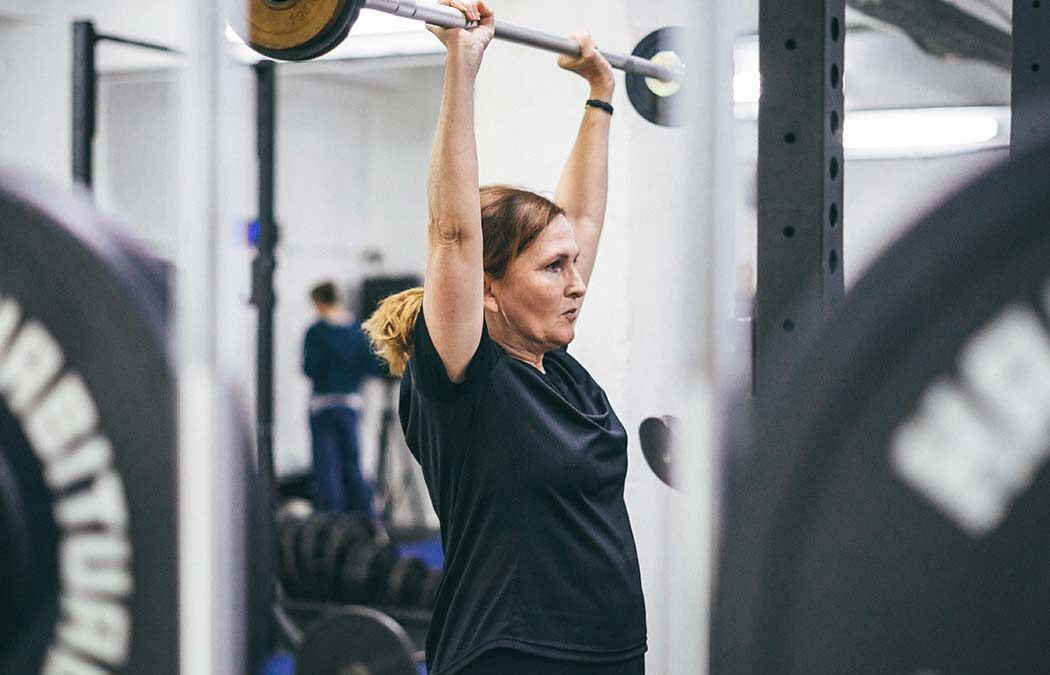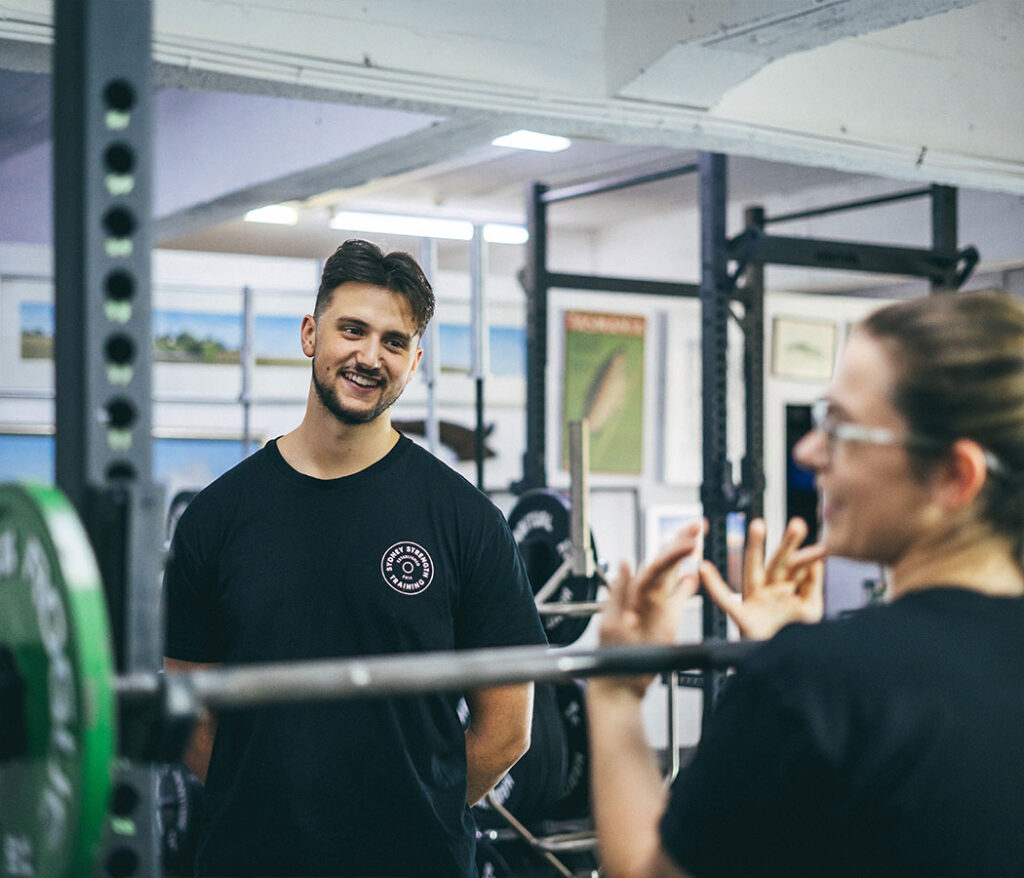The gym environment at the best of times can be intimidating. The complex contraptions, the hustle and bustle of members and the groans of exertion all assault your senses as you walk through the front door. You might even see someone seemingly adorned in all manner of equipment handling a mammoth weight, grunting as they heave it around. So, why should you do the same? Well, in our latest post we discussed osteoporosis and resistance training. In particular we mentioned how “resistance training with light weights and high repetitions may not suffice” to prevent such conditions. Furthermore, we at Sydney Strength Training argue that resistance training that remains “light” won’t do much for you at all. But, why? Today’s article will dive into the benefits of “lifting heavy” and why training should always be challenging.
Heavy doesn’t mean harmful
To be clear from the onset, resistance training is safe. For instance, research has shown that handling “heavy” loads was safe and effective for post-menopausal women with low bone-density (1, 2). But let’s get one thing clear, “heavy” is always relative. To the individual new to Strength Training (really, Progressive Resistance Training), 20kg might be a challenging load. For the experienced Iron Veteran, it might be 200kg. In this way, “heavy” simply means appropriately challenging for an individual. It’s important to remember when embarking on something new, to start gradually. More often than not, the load moved during an exercise isn’t problematic. What can cause problems is when an individual breaks the rules of “toos”. That is, “too much too soon, after too little for too long.” Just remember, heavy isn’t harmful, it’s actually quite the opposite.
Heavy is helpful
There are certain adaptations that take place when we lift a heavy weight. We positively stress muscle fibres, tendons, ligaments and bone tissue. We also improve our nervous system’s ability to generate force by recruiting muscle fibres harder, faster and in a more coordinated manner. This is because our bodies are intelligent, adaptable organisms and experience something called “hormesis”. Hormesis describes how exposure to low to moderate levels of stress (like, exercise) can yield beneficial effects, whereas inappropriately higher doses would be harmful. Remember the “rule of toos”? Strength Training triggers hormetic effects through cellular pathways, gene expression, antioxidant defences, and metabolic adaptations. It offers health benefits like improved cardiovascular health, enhanced immune function, increased bone density, better cognitive function, and reduced risk of chronic diseases.
Heay isn’t harmful, only disrespecting the rule of toos. “Too much too soon, after too little for too long”
We’re here to lend a (heavy) hand
At Sydney Strength Training we believe in getting you stronger through Strength Training. As humans are experts at adapting, that means the training loads will eventually become heavier. We’ve discussed why that’s beneficial, but we’ll leave you today with one last thought. If someone is getting stronger, as indicated by training loads going up, a few things are happening. Firstly, it means someone is getting adequate sleep and meeting their nutritional needs, in particular, consuming enough protein. Secondly, it means the current training program is not too easy or too hard, causing a stall, or worse, injury. Lastly, it means the body’s systems are functioning, and, always under the appropriate amount of stress, to drive healthy adaptations and changes. We aim to provide a supportive, professional (and not ego-filled!) environment for you to get stronger in. If you’re looking for guidance regarding all things strength, you can contact us here.
References:
- Watson SL, Weeks BK, Weis LJ, Horan SA, Beck BR. Heavy resistance training is safe and improves bone, function, and stature in postmenopausal women with low to very low bone mass: novel early findings from the LIFTMOR trial. Osteoporos Int. 2015 Dec;26(12):2889-94. doi: 10.1007/s00198-015-3263-2. Epub 2015 Aug 5. PMID: 26243363.
- Watson SL, Weeks BK, Weis LJ, Harding AT, Horan SA, Beck BR. High-Intensity Resistance and Impact Training Improves Bone Mineral Density and Physical Function in Postmenopausal Women With Osteopenia and Osteoporosis: The LIFTMOR Randomized Controlled Trial. J Bone Miner Res. 2018 Feb;33(2):211-220. doi: 10.1002/jbmr.3284. Epub 2017 Oct 4. Erratum in: J Bone Miner Res. 2019 Mar;34(3):572. PMID: 28975661.

